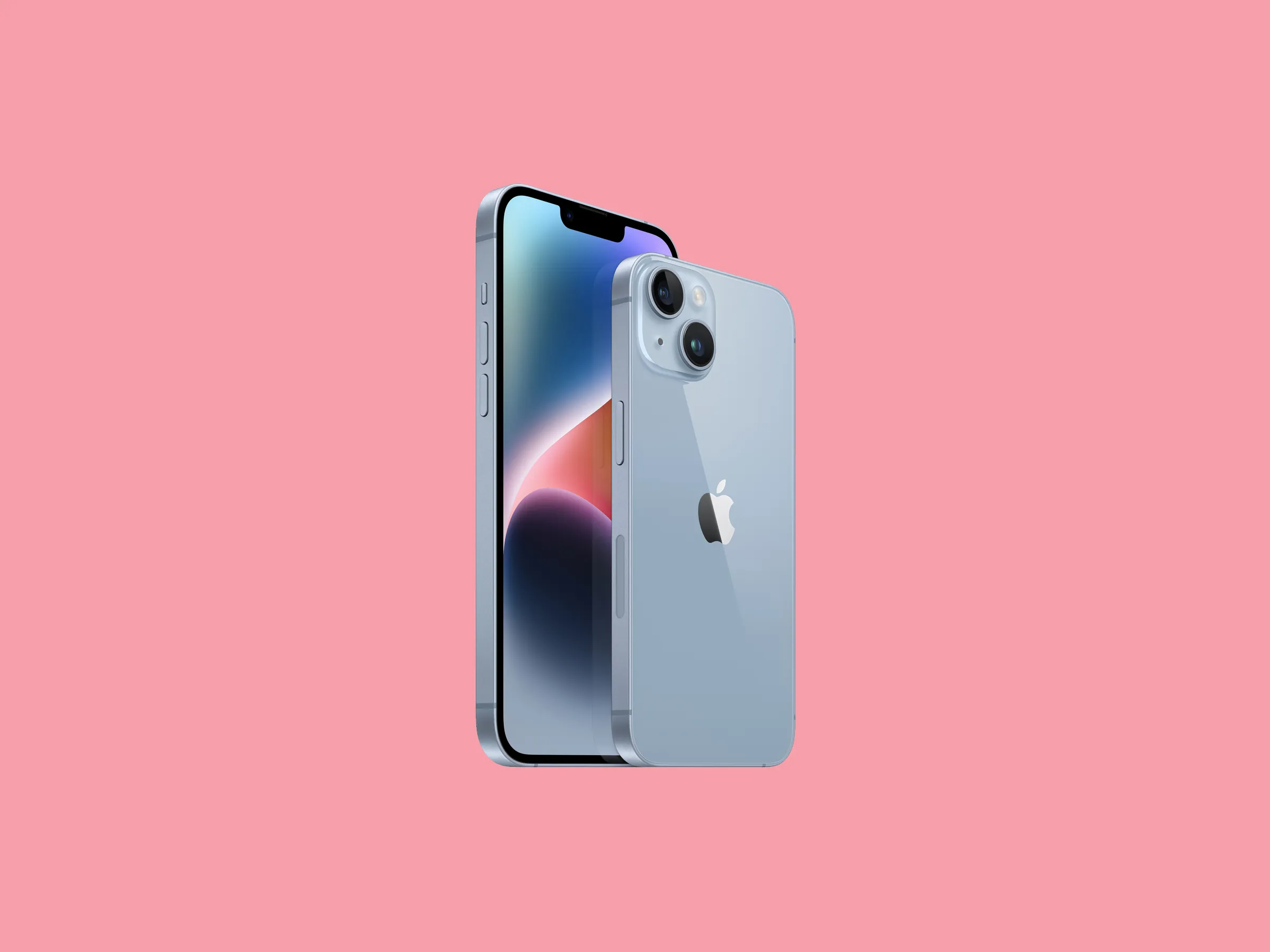
Computer hardware refers to all physical components that make up a computer, including external devices like monitors, keyboards and mice as well as internal components like CPU and RAM.
Software is a set of instructions that instructs hardware how to function. It takes human-readable input and converts it into machine-readable code that the hardware can then execute.
Motherboard
A motherboard is the heart of any general-purpose computer, providing power distribution between components as well as housing the CPU, RAM and graphics card.
This device houses expansion slots for peripherals and internal devices. Additionally, it contains a chipset that serves as the interface between all of your computer’s subsystems, as well as housing your ROM BIOS which is powered by your CMOS battery.
Motherboards help consumers save time, energy and money as they eliminate the need for manual assembly of components. Furthermore, motherboards ensure frequencies are efficiently transferred among components for enhanced performance.
CPU
Your computer’s central processing unit (CPU) is its brain. It interprets machine level program instructions and completes all required operations on data from peripheral devices connected to it.
A CPU comprises three primary parts: the control unit, arithmetic logic unit and registers. Additionally, it includes a cache – smaller memory that saves time by storing copies of frequently accessed information – that helps speed up processing time. Modern CPUs usually come as small square-shaped IC chips that plug directly into specific sockets on your motherboard, producing considerable heat that must be dissipated through fans or ventilation to operate optimally.
RAM
RAM stores short-term data quickly for CPU access compared to slower storage devices like HDDs or SSDs. Without RAM, transferring information back and forth would slow performance significantly and could cause delays and performance drops in computer systems.
Memory can become corrupted after a computer shuts off or experiences power loss, so to protect its contents you can install a computer cleaner to clear away unnecessary clutter from RAM memory and allow its full potential performance.
Hard Drive
Hard drives store all the binary 0s and 1s that make up your files, often in multiple platters to increase capacity. If you could see one in person it might resemble a tiny record player!
Spindle motors spin platters while an actuator arm positions a read/write head across them. Thin printed circuit cables connect them to amplifier electronics. Some modern drives employ helium-filled cases which are lighter, cooler and require less power than traditional air cases.
Graphics Card
A graphics card takes information intended for human consumption and converts it to be displayed on monitor’s pixels, applying colors, textures and patterns as necessary.
Most computers now feature integrated graphics chips within their CPU. This type of integrated chip does not use its own memory but instead utilizes system RAM; making it ideal for laptops and tablets; however, gamers tend to prefer dedicated GPUs in order to maximize performance.
Monitor
Monitors are output devices used by computers to display information processed by them, making it an integral component of computer hardware that provides us with an overview of all that goes on inside them.
Monitors come in all sorts of sizes and shapes with various functions and features, such as contrast ratio, response time and power consumption being among its key determinants of quality.
Monitored computer hardware can help mitigate outages by alerting technicians of potential issues before they impede network performance.
Mouse
Mouses are hand-held hardware input devices used to control the cursor on the screen of your computer and select and move text, icons, folders and files.
A mouse is designed to fit perfectly into either the left or right hands of users and sit atop any flat surface. By pressing its buttons, users send a signal to their system that causes its cursor to move accordingly.
The mouse contains sensors such as diodes to detect movement on its two axes and a printed circuit board which houses all electronic components.
Keyboard
A computer keyboard is a flat board equipped with keys representing letters, numbers and symbols. When you press a key on the keyboard, it transmits that information directly to your computer so it can carry out your instructions.
Each key features two semicircular conducting pads at its base that connect directly with the keyboard matrix. When a key is pressed, these contacts close an electrical circuit monitored by the microcontroller on its main board and monitored by its microcontroller.
Modern keyboards feature keys designed specifically to invoke multimedia software or power saving modes, while many models are illuminated for use in dim environments.








